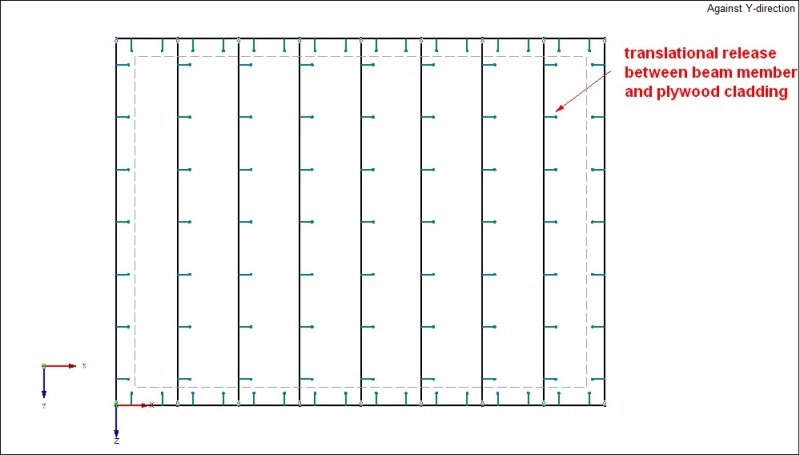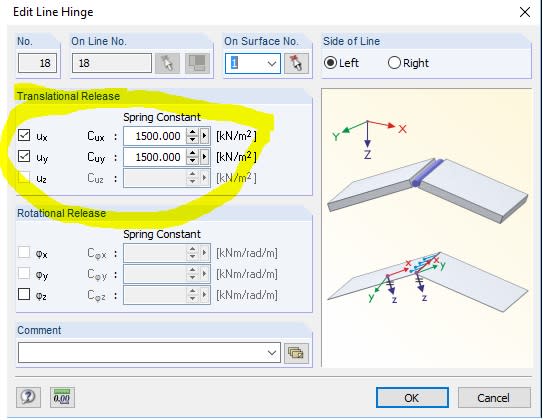-
1
- #1
struc_eng
Structural
- Mar 24, 2017
- 11
Hi all!
Need some help in wood panel wall model design process. Does anyone tried to make something similar ?
For the beginning i'm started with beam frame design and plywood cladding in 2D modeling environment to
understand is it possible to design something like that at all... and right way faced with problem.
If i want to design panel easy as possible, but in same time precisely and close to reality, i have to figure
out how to design fasteners in most simple and efficient way. In program i can add spring constant between frame beam and plywood
cladding like translational release. Spring constant is measured in Kn/m2. Question is can i use it to simulate
functioning of fasteners and how to calculate it ? Or maybe there is any more simple way to do it ?
Any help will be highly appreciated and sorry for my english.
Thank you!
Need some help in wood panel wall model design process. Does anyone tried to make something similar ?
For the beginning i'm started with beam frame design and plywood cladding in 2D modeling environment to
understand is it possible to design something like that at all... and right way faced with problem.
If i want to design panel easy as possible, but in same time precisely and close to reality, i have to figure
out how to design fasteners in most simple and efficient way. In program i can add spring constant between frame beam and plywood
cladding like translational release. Spring constant is measured in Kn/m2. Question is can i use it to simulate
functioning of fasteners and how to calculate it ? Or maybe there is any more simple way to do it ?
Any help will be highly appreciated and sorry for my english.
Thank you!



